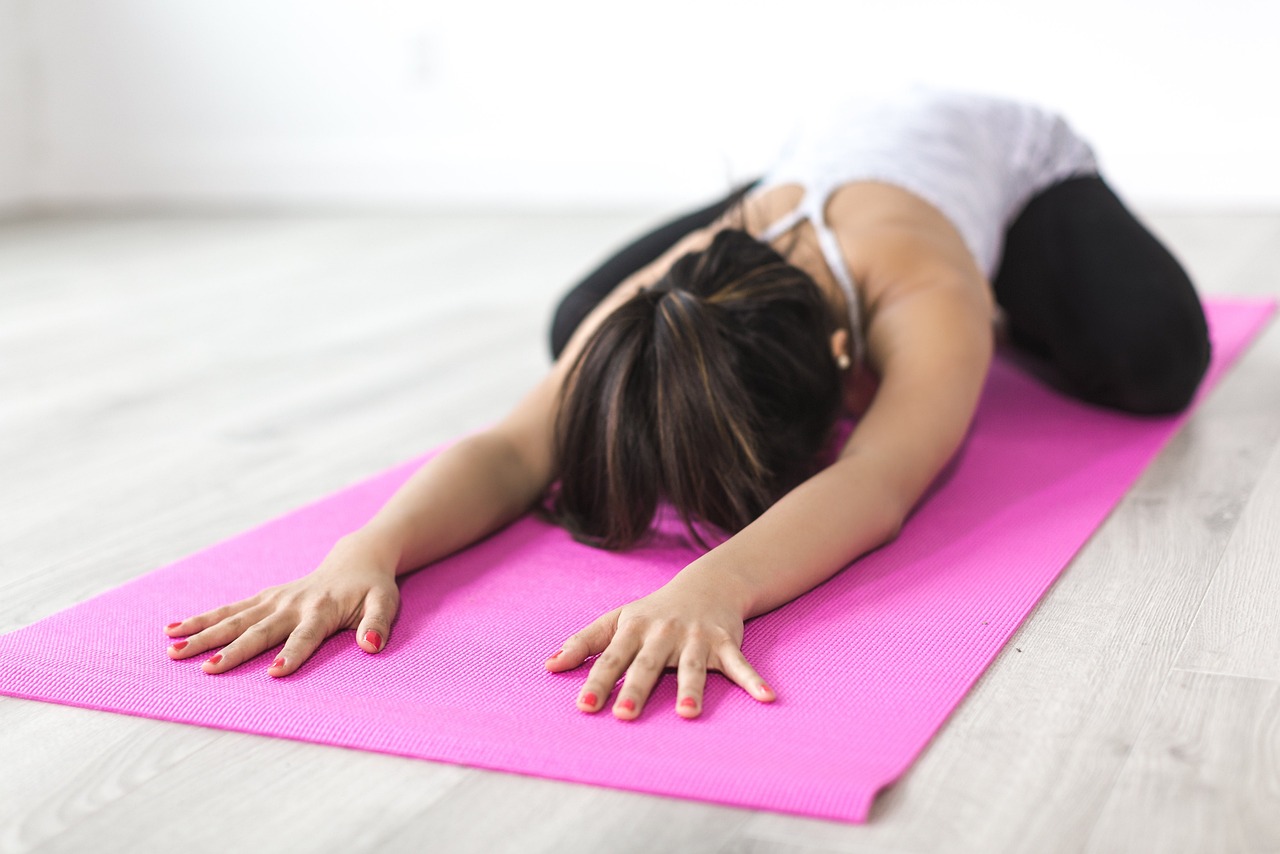If you or someone you know is battling rheumatoid arthritis (RA), you’re probably familiar with the pain, stiffness, and discomfort that this chronic condition can bring. While it might seem counterintuitive, incorporating specific exercises into your daily routine can actually help manage RA symptoms and improve your quality of life. In this article, we’ll explore seven essential everyday exercises that can help you effectively cope with rheumatoid arthritis pain.
Understanding rheumatoid arthritis
Rheumatoid arthritis is an autoimmune disorder that primarily affects the joints, causing inflammation, pain, and swelling. It’s crucial to adopt a holistic approach to managing RA, and exercise plays a pivotal role in this endeavor.
Benefits of exercise for rheumatoid arthritis
Regular exercise offers an array of benefits for those with rheumatoid arthritis. It helps maintain joint flexibility, strengthens muscles that support the joints, reduces stiffness, and enhances overall mood and well-being. However, it’s essential to tailor your exercise routine to your individual needs and consult your healthcare provider before beginning any new regimen.
Safety precautions before starting an exercise routine
Before you dive into an exercise routine, there are several important precautions to keep in mind. Firstly, always start with gentle activities and gradually increase intensity. Remember to warm up your muscles before exercising and cool down afterward to prevent injury. If you experience severe pain or discomfort during exercise, stop immediately and consult your doctor.
Top 7 exercises to manage rheumatoid arthritis pain
Gentle range-of-motion exercises
These exercises involve slow and controlled movements that help improve joint flexibility and reduce stiffness. Examples include wrist circles, ankle pumps, and neck rotations.
Joint-friendly cardiovascular activities
Low-impact cardiovascular exercises, such as stationary cycling and swimming, boost cardiovascular health without putting excessive stress on your joints.
Strength training with resistance bands
Resistance bands provide controlled resistance that helps build muscle strength around your joints. These exercises can be easily adapted to your comfort level.
Aquatic therapy: exercising in water
Exercising in a pool reduces the impact on your joints while providing resistance for a full-body workout.
Yoga and Tai Chi for flexibility and balance
These mind-body practices enhance flexibility, balance, and mental well-being. They also incorporate deep breathing, which can help manage stress.
Breathing exercises for stress relief
Practicing deep breathing techniques can help reduce stress, which is often associated with RA flare-ups. Find a quiet space, inhale deeply through your nose, hold briefly, and exhale slowly through your mouth.
Walking: a simple and effective exercise
Walking is a low-impact exercise that can be easily integrated into your daily routine. Start with short walks and gradually increase your distance as you become more comfortable.
Incorporating exercises into your daily routine
To reap the benefits of these exercises, aim for consistency. Design a weekly exercise plan that includes a mix of these activities. Listen to your body, and if you experience pain or discomfort, adjust your routine accordingly.
Tips for staying motivated
Staying motivated can be challenging, especially on days when RA symptoms are more pronounced. Enlist a friend or family member as an exercise buddy, keep a workout journal, and celebrate small victories to stay on track.
Incorporating these 7 essential exercises into your daily routine can be a game-changer in managing rheumatoid arthritis pain. Remember, consistency is key, and always prioritize your comfort and safety. Before embarking on any new exercise regimen, consult your healthcare provider to ensure that it aligns with your individual needs.
















Find Us on Socials